#American Indian history
Explore tagged Tumblr posts
Photo

Ma-ah-go-quah, wife of John Big Fout (or Big Foot), of the Potawatomi Tribe, on July 16, 1923.
Record Group 75: Records of the Bureau of Indian Affairs
Series: Photographs
Image description: An elderly woman seated in a chair in front of an exterior wall. She is wearing a blouse with a long ruffle around the neck, a floral skirt, and a wide fabric headband. She has a blanket partially pulled over her lap. Her hands are clasped in her lap.
#archivesgov#July 16#1923#1920s#portrait#Native American history#American Indian history#Indigenous American history#Potawatomi
179 notes
·
View notes
Text
Useful background for allies who want to help debunk white, evangelical Christian objections to ICWA that claim reverse racism. It also explains why the foster system's definition of family doesn't meld well with indigenous views, and can be weaponized against native people in order to remove children.
#ICWA#Indian Children's Welfare Act#Anerican Indians#American Indian history#Indigenous America#NDNs
10 notes
·
View notes
Text

Nez Perce Chief Joseph and his family in Leavenworth, Kansas where they were exiled from 1877 to 1885.
Photographer: F. M. Sargent
#reddit#snapshothistory#mlpp.pressbooks.pub#chief joseph#nez pierce#family#1880#1880s#1800s#photography#b&w#wikimedia.org#f m sargent#leavenworth#kansas#american indian#indigenous peoples#1870s#native american#history#november#united states
708 notes
·
View notes
Text

Photographic half-length portrait of a Native American (Dakota) man named Sun Flower, taken by a photographer for Heyn Photo in 1899. Now in the Prints and Photographs Division, Library of Congress.
#photography#history#historic photography#portrait#photo portrait#Native American#American Indian#Dakota people#Dakota Sioux#19th century#19th century photography#black and white#b&w#b&w photography#photographic print#Library of Congress
576 notes
·
View notes
Text
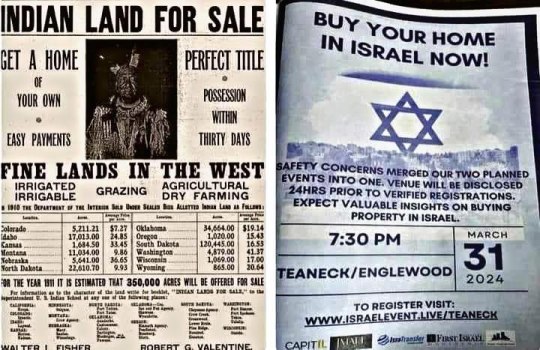
Colonialism
#Colonialism#colonialism#colonial violence#colonization#colonizers#colonial america#colonial history#colonialization#ausgov#politas#auspol#tasgov#taspol#australia#fuck neoliberals#neoliberal capitalism#anthony albanese#albanese government#usa news#usa politics#usa is a terrorist state#usa#american indian#american#america#palestine#israel#israhell#anti colonialism#anti colonization
909 notes
·
View notes
Text
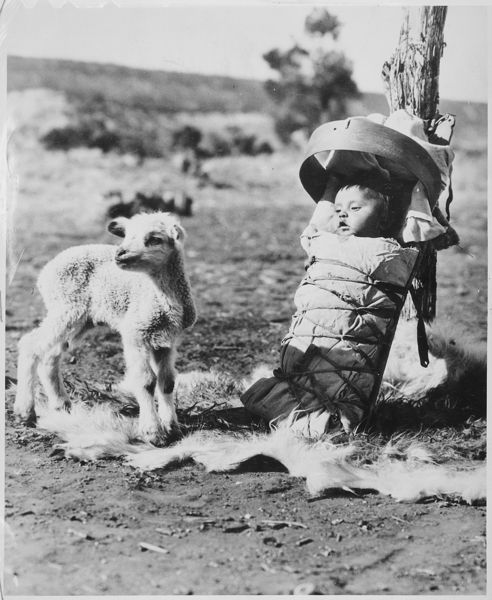
Navajo papoose on a cradleboard with a baby lamb, Window Rock, AZ, 1936. 🐑
Records of the Bureau of Indian Affairs (NARA ID 519160).
#Native American Records#Native American#Navajo#Bureau of Indian Affairs#National Archives#Research#History#Records
440 notes
·
View notes
Text

362 notes
·
View notes
Text
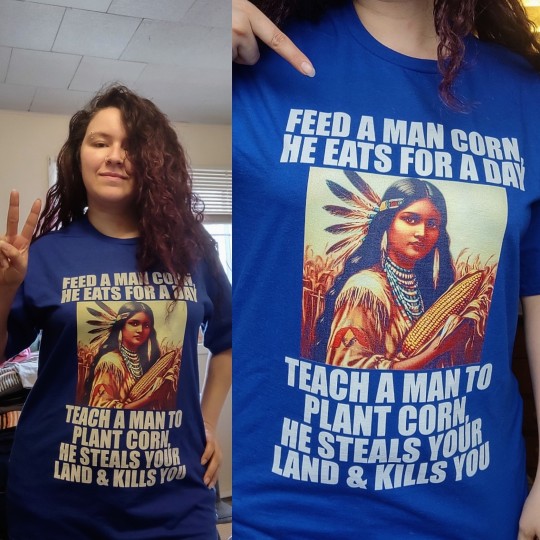
#happy thanksgiving#thanksgiving#indigenous#native american#american indian#indian#history of thanksgiving
465 notes
·
View notes
Text















Milestone Monday
Sacred Lands, Broken Promises
On this day, January 27, 1825, the U.S. Congress sanctioned Indian Territory, which is located in what is now Oklahoma. This decision was part of the United States’ broader policy of westward expansion, driven by the belief in Manifest Destiny—the idea that the U.S. was destined to expand across the North American continent. It laid the groundwork for the Indian Removal Act, which President Andrew Jackson signed into law in 1830.
One of the most infamous outcomes of this policy was the Trail of Tears. This tragic event involved the forced relocation of Native Americans from their lands during the 1830s. The term particularly refers to the Cherokee Nation's tragic journey in 1838-1839, where thousands of Cherokee people were marched westward under harsh conditions. The journey was marked by immense suffering, including exposure to harsh weather, disease, and inadequate supplies. Estimates conclude that thousands of Native Americans died as they were uprooted from their ancestral lands to this designated territory.
The relocation and its consequences had lasting impacts on Native American communities, and it remains a significant and painful chapter in U.S. history. The era highlighted the conflicts between the U.S. government and Native American nations, as well as the broader issues of sovereignty, land rights, and cultural survival.
P. S. Sorry (not sorry), Mr. Jackson, we’re still here!
The images featured come from:
Rhymes of the States by Garrett Newkirk with drawings by Harry Fenn after sketches by the author. It was manufactured by De Vinne Press and published by Century Co. in New York in 1896. The work contains prose and verse that is intended to be entertaining and educational. However, the piece on Indian Territory is a prime example of colonial discourse.
Pushing the Bear: A Novel of the Trail of Tears is a historical novel by Diane Glancy (Cherokee). Our copy is a first edition published by Harcourt Brace (New York) in 1996. The novel tells the story of Cherokee removal and their journey along the Trail of Tears.
Songs from the Native Lands: poetry by Victoria Lena Manyarrows (Tsalagi/Eastern Cherokee), published by Nopal Press (San Francisco) in 1995. The poems featured are titled We Remember/The Trail of Tears and Unthanksgiving/We Will Not Be Invisible.
View more posts from our Native American Literature Collection.
View more Milestone Monday posts.
-- Melissa (Stockbridge-Munsee), Special Collections Library Assistant
#milestone monday#milestones#indian territory#indian removal act#american indians#native americans#indigenous americans#trail of tears#cherokee nation#manifest destiny#andrew jackson#us history#sovereignty#Rhymes of the States#Garrett Newkirk#Harry Fenn#De Vinne Press#Century co#Pushing the Bear: A Novel of the Trail of Tears#Diane Clancy#Harcourt Brace#Songs from the Native Lands: poetry#Victoria Lena Manyarrows#Nopal Press#Native American Literature Collection#Indigenous American Literature Collection
61 notes
·
View notes
Photo

Cliff Palace, the Ancestral Pueblo cliff dwellings at Mesa Verde, photographed on July 27, 1923.
Record Group 95: Records of the Forest Service
Series: Photographs Relating to National Forests, Resource Management Practices, Personnel, and Cultural and Economic History
Image description: We can see a couple dozen of the sandstone-and-mortar rooms that make up the Cliff Palace site. The rooms mostly have sharp corners, but a few are round. They are built under an overhanging cliff.
#archivesgov#July 27#1923#1920s#Cliff Palace#Mesa Verde#mesa verde national park#Ancestral Pueblo#Native American history#American Indian history#Indigenous American history#or prehistory I suppose#archaeology#Colorado
133 notes
·
View notes
Text
Reminder that June 2nd this year will mark the 100th anniversary of the Indian Citizenship Act (also know as the Snyder Act) which granted American Indians and Alaskan Natives full citizenship in the United States!
#june 2nd#indian citizenship act#snyder act#june 2nd 2024#american indian history#alaskan natives#american indians#indigenous history#history
4 notes
·
View notes
Text

#native americans#american indians#indigenous people#USA#US History#history#politics#education#memes
209 notes
·
View notes
Text




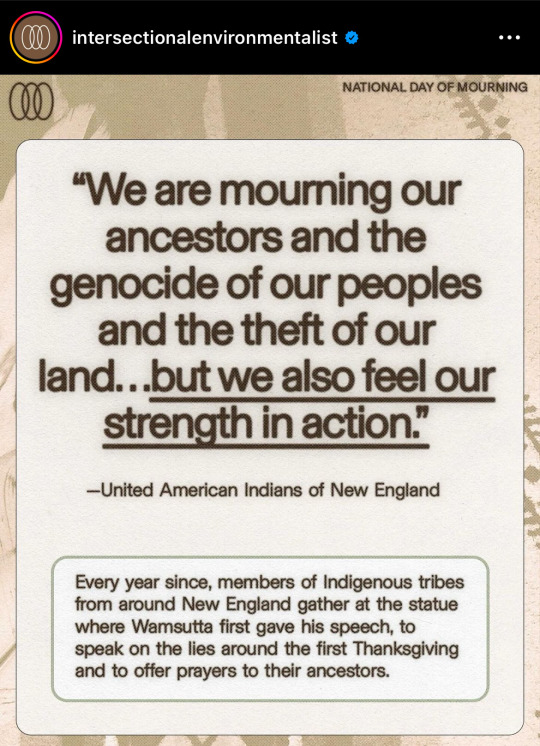

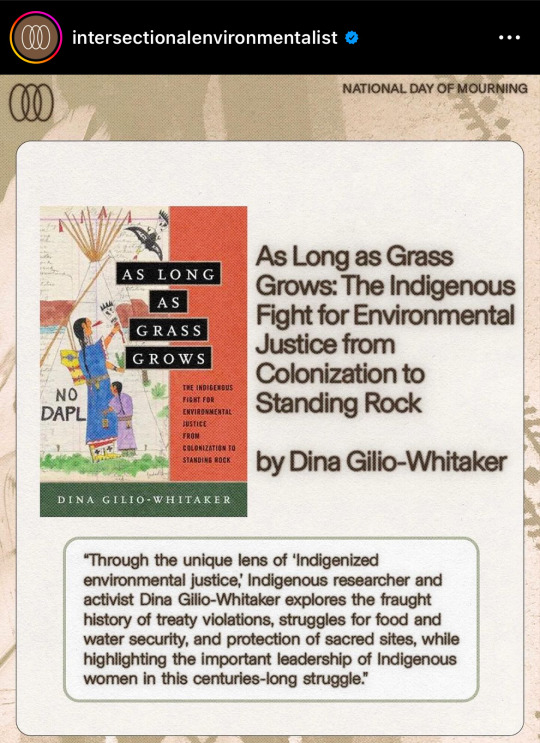



the org said they were reposting last year’s graphics, hence the change is date at the top. still extremely relevant!
#resources#bipoc#indigenous#native american#american indian#national day of mourning#thanksgiving#undescribed#reaux speaks#history
311 notes
·
View notes
Text

#charlie kirk#usa is a terrorist state#usa news#usa politics#usa#american indian#american#america#amerikkka#amerika#ausgov#politas#auspol#tasgov#taspol#australia#fuck neoliberals#neoliberal capitalism#anthony albanese#albanese government#united states#unitedstateofamerica#unitedsnakes#united states of america#united states of whatever#united states of israel#unitedstatesofhypocrisy#colonialism#colonial violence#colonial history
337 notes
·
View notes
Text

#my art#wlw art#digital art#artists on tumblr#Oh boy more couple art of my wife and me.#been a few months#but you can pretend they’re OCs if you want#I’m biracial (White/Indian-American(bengali))#(so you don’t have to comb through my post history to figure that out)#imerr regart#this feels like it should have some anime sparkles ✨#It kind of feels like I should be doing political art rn but I’m really not good at that. I’m much better at doing art of things I love
53 notes
·
View notes
Text
how knowledge and the understanding of history grows and changes on display at one museum.
48 notes
·
View notes